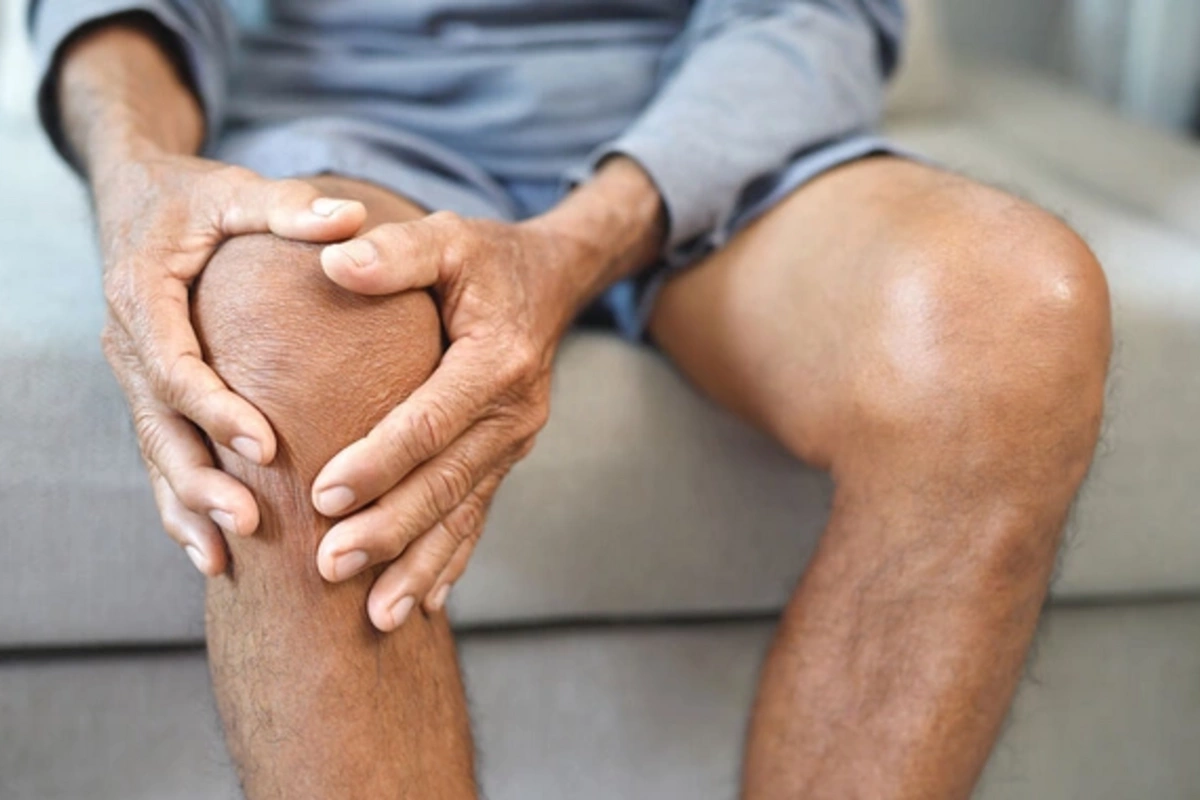14 Jul , 13:27
0

Breakthrough in medicine: Chinese scientists have found a way to "repair" cartilage, which could save millions of people from joint surgeries
Researchers from Chongqing Medical University have developed a revolutionary method for cartilage tissue regeneration. Their innovative approach could completely change the strategy for treating injuries and age-related joint changes. The results of this promising research have already been published in the prestigious scientific journal Research.
Cartilage tissue is considered one of the most problematic in the body in terms of recovery - due to the absence of blood vessels, it practically does not regenerate. Cartilage damage caused by injuries or age-related changes usually leads to irreversible tissue destruction and the development of osteoarthritis. Traditional treatment methods, such as microfracturing and cell transplantation, have serious drawbacks - from possible complications to shortage of donor material and problems with immune rejection.
Chinese scientists have proposed a fundamentally new approach to solving the problem. They used mesenchymal stromal cells, which were pre-treated with three bioactive substances: interleukin-6, tumor necrosis factor, and interferon-gamma. After such "preparation," the extracellular matrix was extracted from the cells - a special protein structure saturated with components necessary for cartilage restoration, including collagen and laminin.
The most impressive results were shown by the matrix created using interferon-gamma - an inflammatory molecule that plays a crucial role in the immune response. This matrix not only actively stimulated regeneration but also suppressed the production of enzymes that destroy cartilage tissue.
Animal experiments confirmed the high effectiveness of the method: just 12 weeks after the microfracturing procedure with the addition of the developed matrix, the restored tissue was practically indistinguishable from healthy cartilage. The new methodology opens prospects not only for treating damage but also for creating biomaterials with specified properties capable of purposefully managing tissue restoration processes.
Researchers believe that their technology could become the foundation for innovative therapy methods that avoid transplantation, minimize the risk of complications, and in some cases even eliminate the need for joint replacement. However, additional studies involving humans need to be conducted before implementation in clinical practice.